NDO - The 2024 Paris Olympics will be the first time the Olympics will apply the development of artificial intelligence (AI) not only to identify medal winners but also to analyze why and how they overcome challenges.
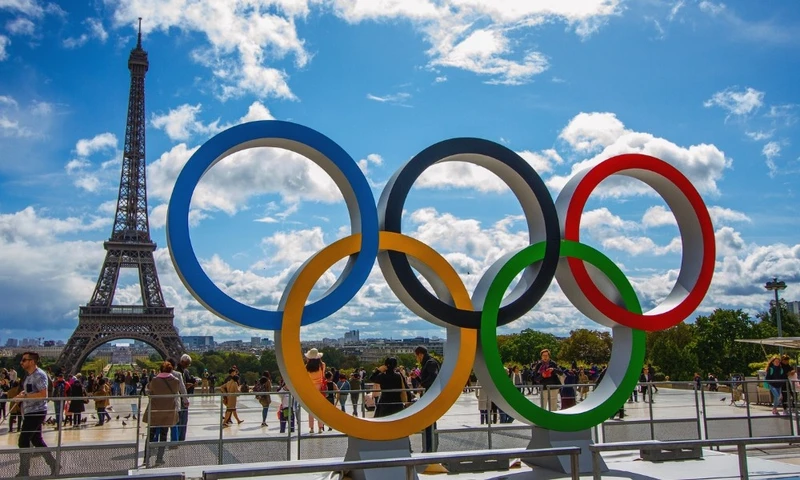 |
The 2024 Paris Olympics will apply AI in most of the competitive sports. (Photo: Gettys)
From the green lanes, the Olympic Aquatics Center has installed four cameras to record everything that happens underwater. The cameras and the computer brain that operates them (called Computervision) are trained to recognize and analyze certain movements. Each athlete’s swimming speed and the distance they cover can be calculated in real time. With the development of technology, AI can analyze each athlete’s speed based on the distance they have swum, the distance they have left, and compare that data to the other seven athletes in the race. The smallest differences in acceleration and deceleration at key moments in the race will make the difference between gold medalists and those who come after. The computer will process all the images and data collected and send the audience a complete biomechanical analysis of the leading athletes. All will be explained in detail under the “lens” of technology.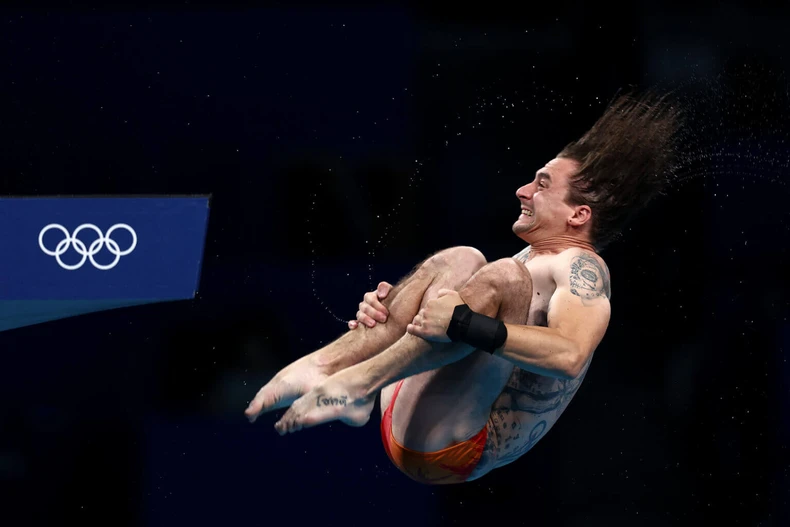 |
Divers will be penalized if their heads are too close to the diving board. (Photo: Gettys)
In diving, cameras measure the distance between the head and the diving board in each event. At the 1988 Seoul Olympics, American champion Greg Louganis injured his head during a diving performance. He needed four stitches and went on to win his second gold medal in the diving event. However, the injury could have been much more serious. As a result, the sport has introduced a rule requiring athletes to perform the action with their heads far from the diving board. Referees can deduct two points for each individual who performs at an unsafe distance. Previously, this could have been a judgmental or emotional decision. But that will not happen in Paris, where computerized cameras will measure the exact distance and tell the referee whether or not to deduct points. To the red line For athletes, winning a medal at each Olympic Games is a life-changing event. The gold medal in particular is all the more significant. In track and field, determining the winner is not always straightforward, as judges must determine whose upper body crosses the finish line first. So the Paris Games used cameras capable of capturing up to 40,000 frames per second (four times as many as before), with more pixels and sharper image quality.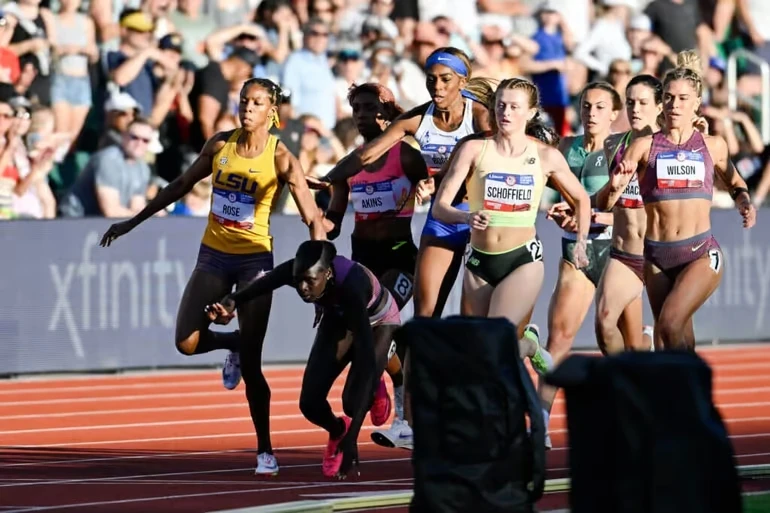 |
The development of sensor technology opens up a wealth of data for athletics. (Photo: Gettys)
Not only that, the running bib also seems to be an obsolete device. At the most important moment of their career, athletes now only need a small, ultra-thin high-tech “piece of paper” (which still includes a full range of advanced sensors inside). Previously, the bib played an important role because it contained a sensor about the size of a credit card. This device continuously transmitted the runner’s data to a computer. The AI would calculate the location of all the athletes on the track, their steps, their stride rate, and their direction of movement. On average, about 2,000 data points were sent every second. Bibs now play a role in improving the viewer experience at athletics competitions in addition to supporting the athletes and their teams. Sensor data helps viewers understand who is advancing, falling behind, or leading in a race with uneven starting points (like the 200m and 400m races). In addition to the two speed races, AI is also making its way into other sports. Smart cameras will record and tabulate every move of beach volleyball players, calculating the distance they cover during each match, the speed of the ball, and understanding tactics based on the data collected.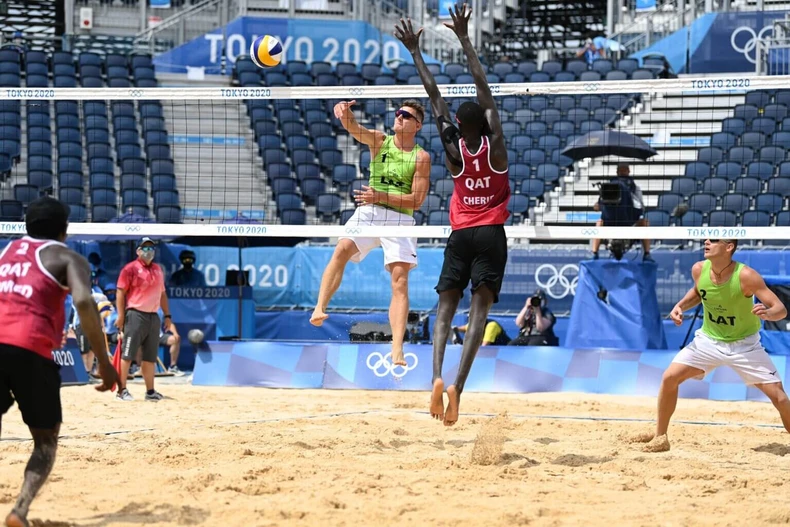 |
AI helps decode beach volleyball players' tactics. Photo: (Gettys)
In tennis, the new system will focus heavily on the two most important shots – the serve and the return. Cameras will measure the receiver’s reaction time and compare it to the quality of the return to determine whether the fastest reflexes and ability to read the serve lead to high-quality returns. As Alain Zobrist, CEO of Omega Timing (the official Olympic timekeeper since 1932 and the company responsible for most of the data generated during the Games), shares, the general approach is to try to measure competition without disturbing the athletes. From the original purpose of measuring time, technology focused on biomechanics will help explain the impressive performance that athletes achieve. That’s also why Computervision and AI are so useful. Source: https://nhandan.vn/ai-xuat-hien-o-moi-ngoc-ngach-cua-the-van-hoi-post821964.html#821964|home-highlight|3



![[Photo] Looking back at the impressive moments of the Vietnamese rescue team in Myanmar](https://vstatic.vietnam.vn/vietnam/resource/IMAGE/2025/4/11/5623ca902a934e19b604c718265249d0)

![[Photo] "Beauties" participate in the parade rehearsal at Bien Hoa airport](https://vstatic.vietnam.vn/vietnam/resource/IMAGE/2025/4/11/155502af3384431e918de0e2e585d13a)






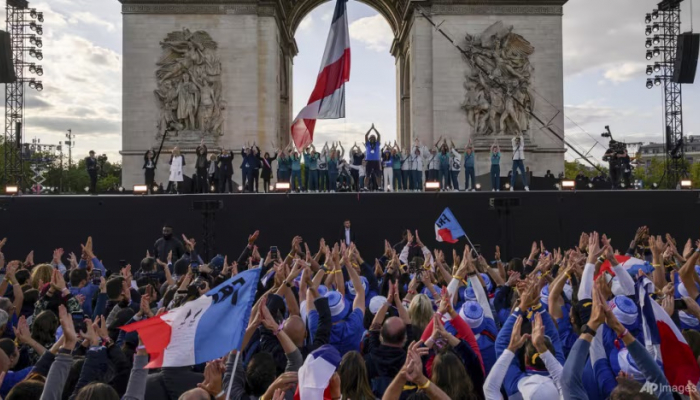

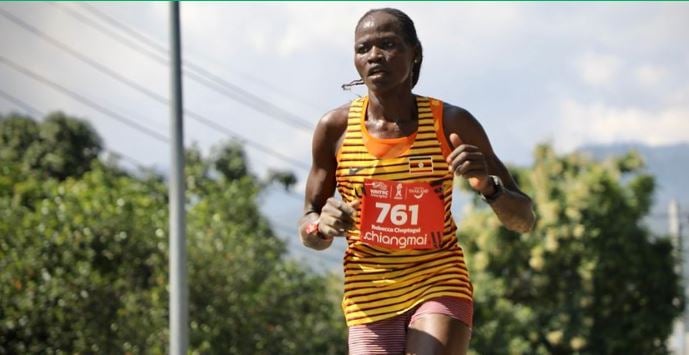
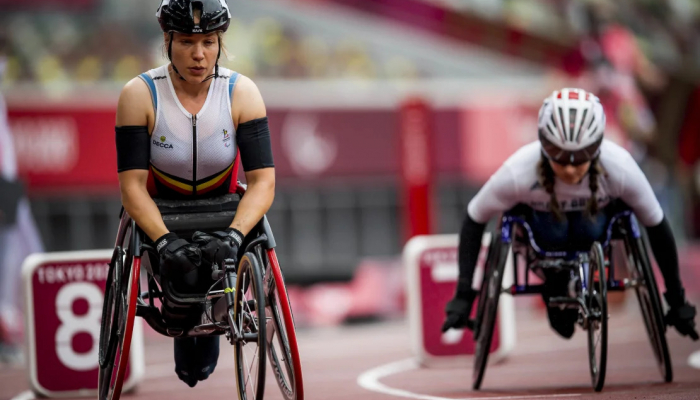





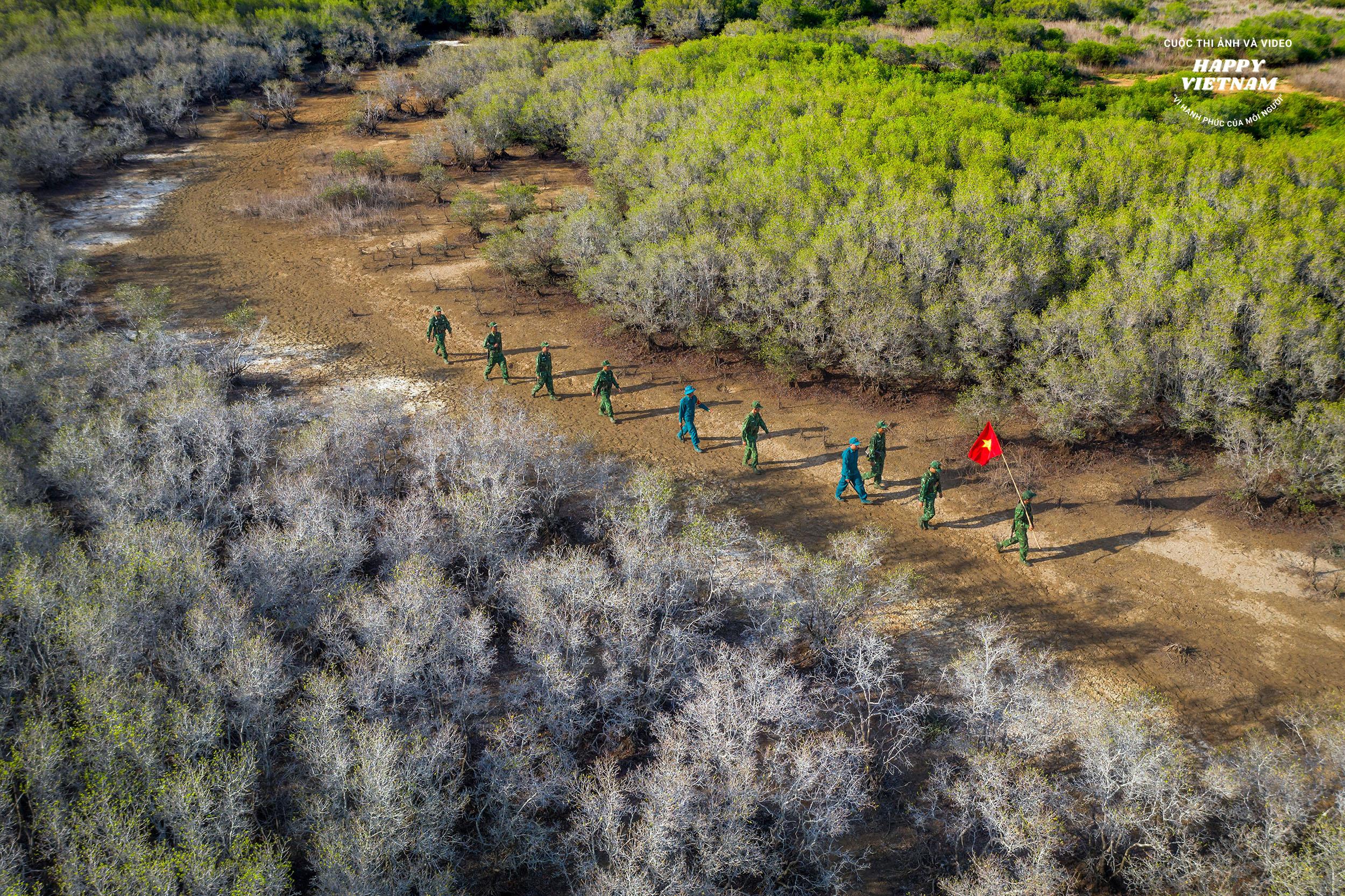



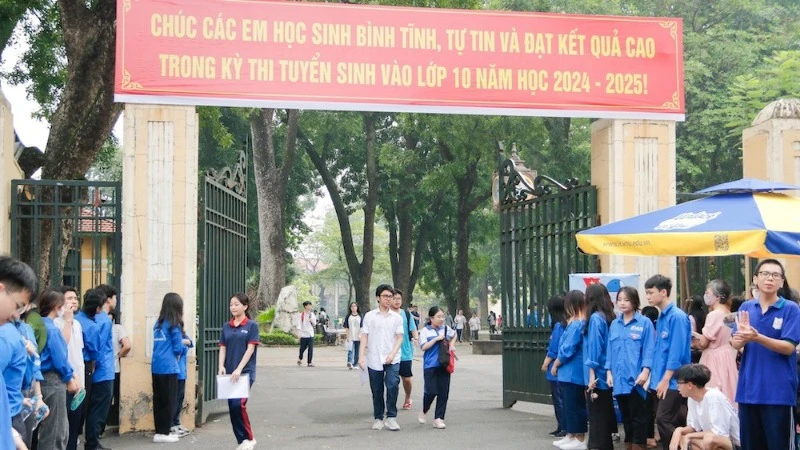

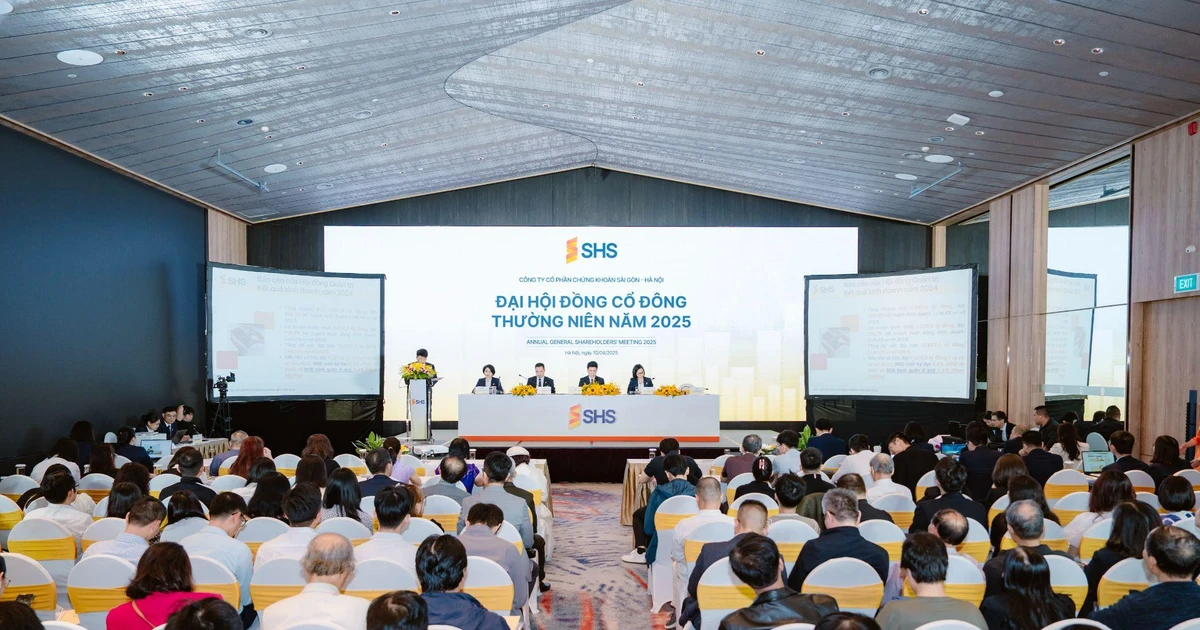




![[Photo] Summary of parade practice in preparation for the April 30th celebration](https://vstatic.vietnam.vn/vietnam/resource/IMAGE/2025/4/11/78cfee0f2cc045b387ff1a4362b5950f)









































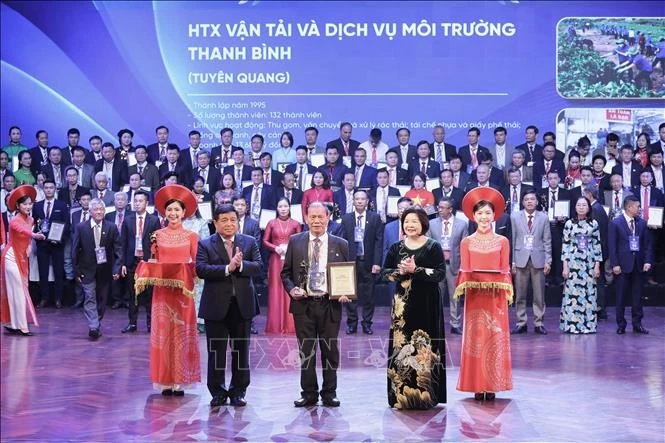

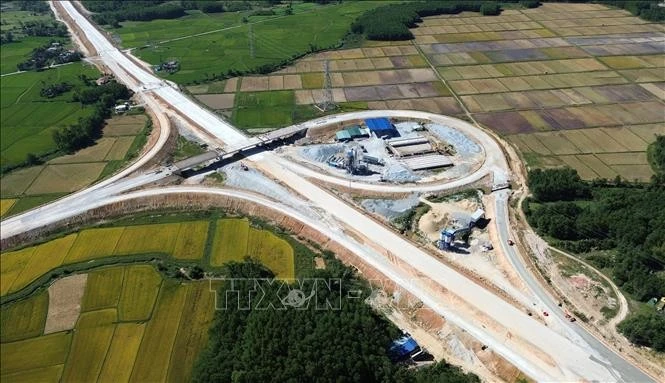


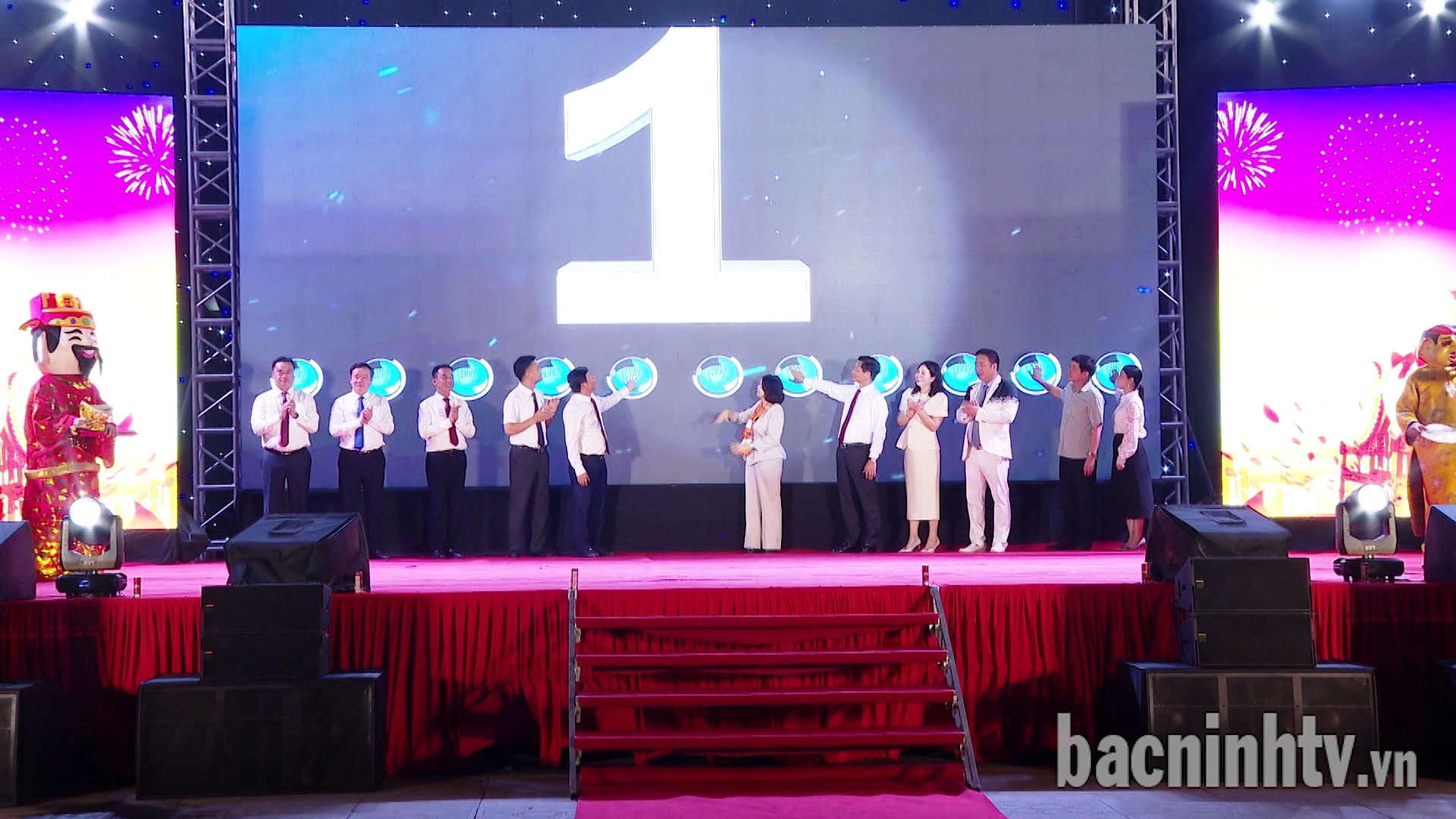
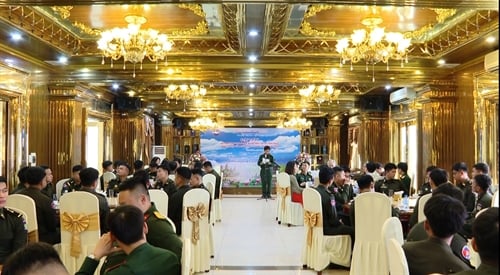













Comment (0)